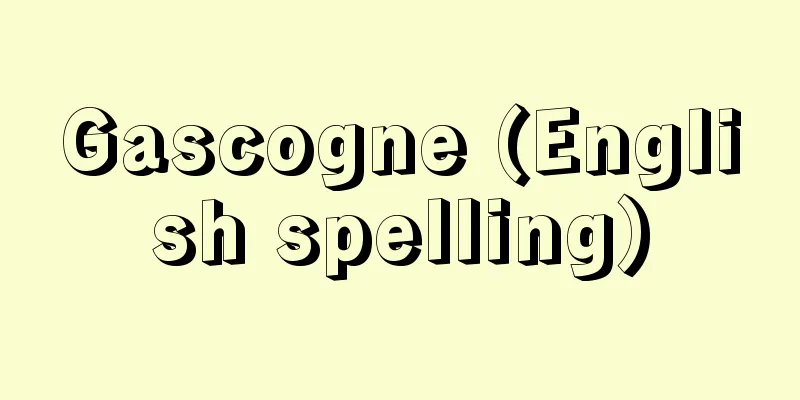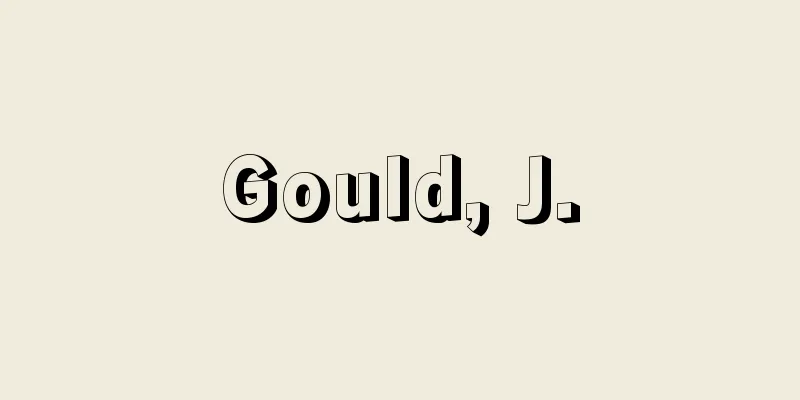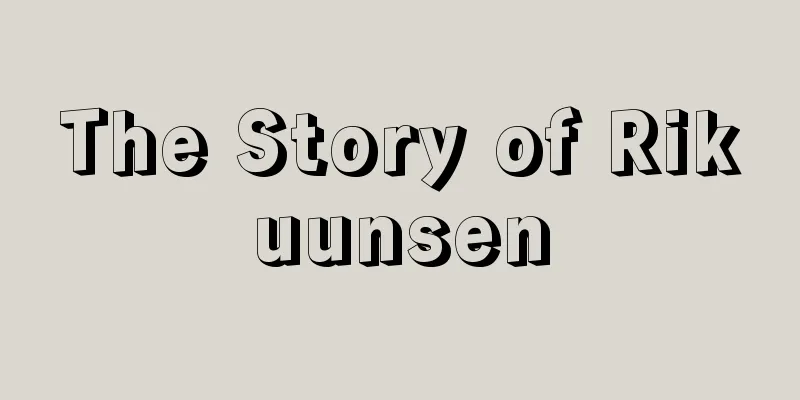Drive - Drive (English), Trieb (German)

|
It is primarily a psychoanalytic concept, based on the idea that innate energy, a force of biological origin, acts as a motive or motivation from within the mind to drive people, and this motive is called drive. In relation to instinct, the position that considers the motives inherent in living things is also found in behavioral science, psychology, and sociology, but psychoanalysis aims to understand these dynamics in relation to their origin, strength, purpose, and object, and therefore focuses on the nature of the impulse itself. There is a complex circuit between the physical basis and the mental representation, which has made it possible to construct various theories about drives. In psychoanalysis, drives have physiological, biological, and psychophysiological aspects. In the physiological aspect, drives can be defined as having an internal origin, being constant, and being unable to be avoided or escaped by action. In the biological aspect, the excitement of the impulse originates from instinct, and the task of the living body is how to control it. In the psychophysiological aspect, energy originating from within the body is transformed and utilized as a mental substitute within the psyche through defense, and the subject is dealing with its psychological satisfaction. Freud, S. dealt with these aspects from the starting point, and developed several theories through his own clinical experience and theoretical considerations, but several theoretical changes were made to drives in the course of this development. Freud called this energy Libido and considered it to be the driving force. Initially, Freud believed that drives were sexual in nature. He considered the process of development and organization to be organized around the erogenous zones by creating a diagram of psychosexual development with the oral phase, anal phase, phallic phase, and oedipal phase. The oral phase is the period when pleasure is obtained through the mouth, and corresponds to the period when a child of about one year of age exists between the mother and the child through breastfeeding. The anal phase corresponds to the period up to about three years of age when pleasure is obtained through the storing-releasing pattern, which accompanies the development of the anal sphincter during toilet training. The phallic and oedipal stages refer to the period up to about eight years of age when pleasure based on sex is organized by overcoming various conflicts surrounding the existence of the genitals. It is believed that such psychosexual development centered on the erogenous zones will later be utilized in sexual behavior after adolescence, with these body parts as the entrance and exit of drives. [Drive and instinct] In behavioral biology, the word instinct is used as Instinkt, but Freud used Trieb to distinguish it from drives derived from instinct, so Hartmann, H. and others translated it as instinctual drive. Freud first used the word instinct in Three Essays on Sexual Drive (1905), where he described sexual instincts (the English translation of which is instinct). Later, in Obsessions and Religious Rites (1907), he used the word instinctual excitement. Furthermore, Freud tried to understand the nature of this instinctual drive not only as sexual, but also as a set of opposing and conflicting drives. This made the treatment of drives more complicated. First, he considered the instinct for self-preservation separate from the sexual instinct, which he called the ego instinct, which is opposed to the libido. Later, in Introduction to Narcissism (1914), he introduced the term ego libido (self-love, narcissism), clarifying the opposite of the libido's orientation toward the object, and came to consider it to be the same as the ego preservation instinct. In his later years, he also focused on the aggressive side of human beings, which he called the death instinct (Thanatos) and contrasted with the life instinct (Eros). In Freud's later structural theory of the superego, ego, and id, the id is considered the basic motive, but within it, each instinctual drive constitutes a dualism of opposition. There is debate in subsequent psychoanalysis about how necessary this death instinct was for Freud's own theoretical construction. In his later work, "Further Introduction to Psychoanalysis" (1933), he states that the theory of various complex instinctual drives is still mythical and vague. From the perspective of psychoanalytic methodology, drives appear through defense and resistance, through illusions and fantasies that are substitute representations rather than their true form, and can only be grasped in a post-facto transformed form. The hypothesis that each person has a certain amount of energy is merely a hypothesis, so theories that consider desires as energy in continuity with general psychology can be found, for example, in Hull, CL. However, rather than instinctual drives based on drives, he assumes that basic desires such as appetite and sexual desire are primary givens and attempts to formulate the relationship between the reduction of these desires and motivation to learn. Since the 1930s, psychoanalysis has developed into a conflict between two major trends regarding the death drive. One is the ego psychology trend of Hartmann and others, which started from early drive theory and analyzed the ego, and came to assume the autonomous function of the ego adapting to the external world. In this case, the drive is a monistic view of the libido, and the death instinct is not emphasized. In contrast, Kleinian theory, which began with Klein, M., recognizes the clinical significance of the death instinct through child analysis and analysis of psychiatric disorders. She considered the tendency of the death instinct to be fragmentation or the disappearance of excitement. In contrast, the life instinct is considered to be a tendency to progress and combine. Among modern psychoanalytic theories, object relations theory in particular tends not to place much importance on the theory of drives. For example, Fairbairn, WRD, who first used the concept of "object relations theory", became skeptical of the premise of instinct itself, and rejected impulse psychology, which models impulses and their release, saying that impulses themselves cannot exist without the internal structure of the mind. For him, humans are fundamentally object-seeking, and instinctual impulses cannot be thought of separately from this. Also, from the standpoint of emphasizing the therapeutic relationship, Gill, M. calls psychology that is based on an individual's drives one-person psychology, and psychology that is constructed within the therapeutic relationship two-person psychology. →Psychoanalysis →Object relations theory →Instinct [Myougi Hiroyuki] Latest Sources Psychology Encyclopedia Latest Psychology Encyclopedia About Information |
|
主に精神分析的な概念で,生得的なエネルギー,生物学的な起源をもつ力が,心の内側から動機,動因となって人びとを駆り立てているという考え方に立ち,その動因が欲動である。本能との関連で,生物に固有の動因を考える立場は,行動科学や心理学あるいは社会学にもあるが,精神分析はそれらの力動を,起源,強さ,目的,対象との関係で理解していくため,衝動そのものの在り方を対象にしている。身体的な基盤と精神的な代理表象との間には複雑な回路があり,それによって欲動についてのさまざまな理論の構成を可能にしてきた。 精神分析において,欲動は生理学的な側面と生物学的な側面,そして心理生理学的な側面がある。生理学的な側面では欲動が内部に起源をもち,恒常的で,行動によって回避,逃避できないものと定義できる。また生物学的な側面では,衝動の興奮が本能に由来するので,それをどのようにコントロールするかが生体の仕事になる。また心理生理的な側面では,身体の内部に由来するエネルギーが,防衛を通して精神的なものの中で心的代理物として変形や活用されるものであり,心理学的にその充足を取り扱うことが主題になる。こうした側面をフロイトFreud,S.はその出発点から取り扱い,自身の臨床経験と理論的な考察を通して,いくつかの理論を発展させてきたが,欲動についてはその発展の中でいくつかの理論的な変更がなされている。 フロイトはこのエネルギーをリビドーLibidoとよび,それが動因と考えた。当初フロイトは,欲動は本来性的なものであるとした。その発達と組織化のプロセスを口唇期oral phase,肛門期anal phase,男根期phallic phase,エディプス期oedipal phaseといった性心理発達の図式を作ることで,それらが性感帯を中心に組織化されていくと考えている。口唇期とは口を媒介として快感を得る時期で,1歳ごろの幼児が母親との間で授乳を媒介として存在している時期にあたる。肛門期とはトイレットトレーニングのときの肛門括約筋の発達に伴う,ためる-はなすといった様式に快を感じる3歳ぐらいまでの時期にあたる。また男根期とエディプス期は,生殖器の存在にまつわるさまざまな葛藤をこなしていくことで,性別に基づく快を組織化する8歳ぐらいまでの時期を指す。こうした性感帯を中心とした性心理発達は,その身体部位を欲動の出入口として,後に青年期以降の性行動で活用されると考えられる。 【欲動と本能】 本能instinctということばは,行動生物学などではInstinktが使われるが,フロイトはTriebとして本能に由来する欲動を区別して用いたので,ハルトマンHartmann,H.らは,これに本能衝動instinctual driveという訳語を充てている。フロイトが最初に本能ということばを用いたのは『性欲三論文』(1905)で,そこでは性的な本能(ここでは英語訳でinstinctが用いられている)が記述されている。その後,『強迫行為と宗教儀式』(1907)では本能興奮ということばが使われている。さらにフロイトはこの本能衝動の性質を性的なものだけでなく,対立し葛藤する諸衝動の中でとらえようとした。それによって欲動の取り扱いは複雑になっていった。 まず性本能とは別に彼が考えたのは,自己保存本能で,それはリビドー的なものと対立する自我本能(自我欲動)ego instinctとよばれるようになった。さらにその後『ナルシシズム入門』(1914)で自我リビドーego libido(自己愛,ナルシシズムnarcissism)ということばを導入して,リビドーが対象に向かう方向とは反対に自己愛に向かう方向性を明確にして,それが自我保存本能と同じものだと考えるようになった。さらに晩年は人間のもっている攻撃的な側面に注目し,それをフロイトは死の本能death instinct(タナトスThanatos)とよび,生の本能life instinct(エロスEros)と対比させた。フロイトの後期の超自我,自我,エスの構造理論の中では,エスが基本的な動因とみなされるが,そのなかでそれぞれの本能衝動は対立する二元論を構成していた。この死の本能については,フロイト自身の理論構成にどれだけ必要なものであったかは,その後の精神分析でも議論がある。晩年の著作である『続精神分析入門』(1933)では,さまざまに複雑な本能衝動の理論は依然として神話的で曖昧であると述べる。精神分析の方法論から見れば,欲動は防衛や抵抗を通じて,本来の姿というよりも代理表象である幻想や空想を通じて現われるので,事後的に変形された姿でしかとらえることができないからである。人それぞれが一定のエネルギーをもつ仮説は,あくまで仮説なので,一般心理学との連続性で欲求をエネルギーのように考える理論は,たとえばハルHull,C.L.に見られるが,欲動を原理とした本能衝動というよりも,食欲や性欲などの基本的な欲求を一次的所与と想定して,その欲求低減と学習の動機との関係を定式化しようとしている。 1930年代以後,精神分析は死の衝動をめぐって二つの大きな流れが対立して発展してきている。一つは自我心理学の,ハルトマンらの流れで,初期の欲動論から出発して自我の分析を行ない,外的な世界に適応していく自我の自律的な機能を想定するようになった。この場合,欲動はリビドーの一元論で死の本能的な衝動,欲動は重視されない。それに対してクラインKlein,M.を出発点とするクライン理論は,児童分析および精神病の分析を通して,死の本能の臨床的な意義を認めている。彼女は断片化していくあるいは興奮が消滅していく方向性を死の本能の性質ととらえた。それに対して生の本能は前進して結合していく方向性とみなされている。現代の精神分析理論のなかでとくに対象関係論は,欲動の理論をそれほど重視しない傾向がある。たとえば「対象関係論」という概念を最初に用いたフェアバーンFairbairn,W.R.D.は本能そのものを前提にすることに懐疑的になり,衝動とその解放をモデルにする衝動心理学を否定して,心の内的構造を抜きにして衝動そのものが成り立たないと語る。彼にとって,人間は基本的に対象希求的で,本能衝動もそれと分離して考えられない。また治療関係を重視する立場からギルGill,M.は個人の欲動を基盤にして構成される心理学を一者心理学one-person psychologyとよび,治療関係の中で構成される心理学を二者心理学two-person psychologyとよんでいる。 →精神分析 →対象関係論 →本能 〔妙木 浩之〕 出典 最新 心理学事典最新 心理学事典について 情報 |
<<: Yoknapatawpha (English spelling)
Recommend
Valentine's Day (English spelling) (St.) Valentine's Day
Valentine is a holiday for the Christian saint Val...
Urethra - urethra
The urethra is a tube that drains urine stored in...
Business Management - Business Management
1. Management activities to ensure that specific o...
Cheering song - Ouenka
A song sung to boost the morale of teammates at s...
Aerial Propeller Ship - Space Propeller Ship
→ Propeller ship Source : Heibonsha Encyclopedia A...
Kaiyu
…In China, cowrie shells were highly valued befor...
Martin-Santos, L. (English)
… [Postwar Literature] The Franco dictatorship af...
Kasumi (English name) KASUMI CO., LTD.
Official company name: "Kasumi Co., Ltd."...
Werkraum
After the Second World War, small theaters with s...
Production control
It is a series of management activities carried o...
Udegram
…The most important is the site of a Buddhist tem...
Segesta
...Population: 13,348 (1981). It was once the por...
Zuccaro Brothers - Zuccaro Brothers
Two painter brothers who played a leading role in ...
van der Waals' equation of state
This equation of state was proposed by Dutch physi...
Electric resistor - denki teikouki (English spelling) resistor
Resistors are also called resistors. They are devi...









